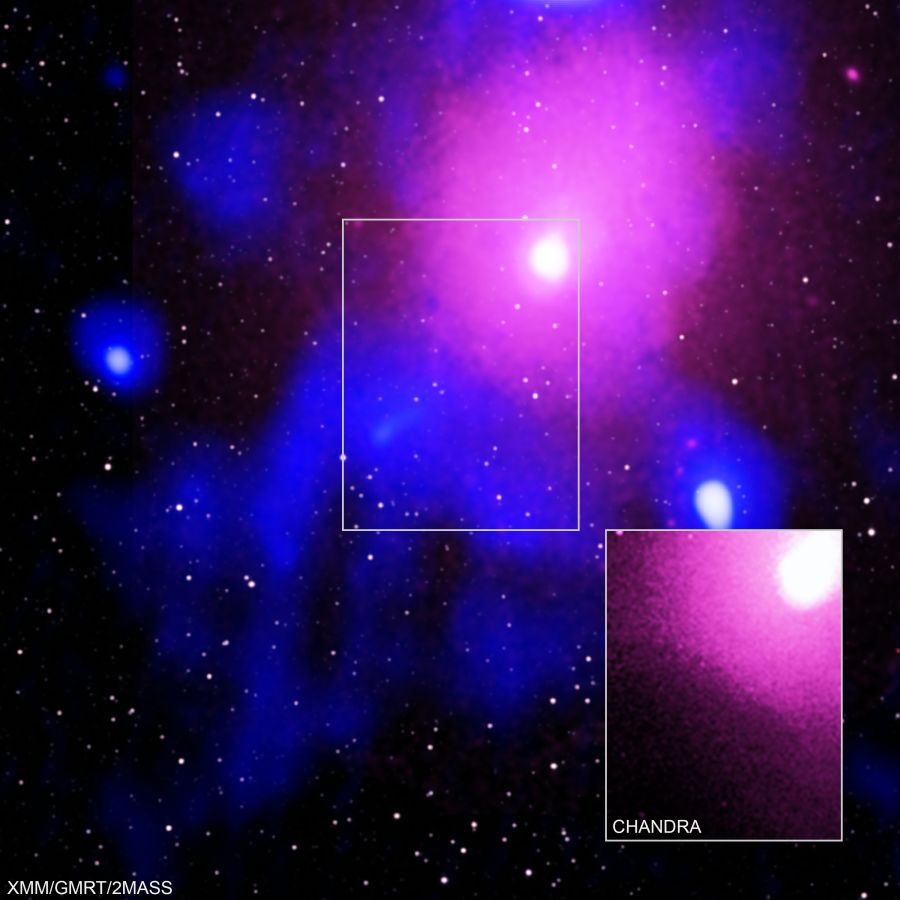Scientists discover the biggest explosion ever seen in the universe! The blast came from a supermassive black hole located in the Ophiuchus galaxy cluster. Not only that but the explosion was five times more explosive than the previous record holder! It was so powerful that it punched a cavity in the cluster plasma1.

The lead author of the study Dr. Simona Giacintucci, from the Naval Research Laboratory in the United States, compared the blast to Mount St. Helens volcano eruption in the 1980s. The volcano was so fierce that it blew the top off the volcano. Similarly, with the explosion in the Ophiuchus galaxy cluster, it blew a hole so wide that it could fit 15 Milky Way galaxies in a row!
Professor Johnston-Hollitt said the cavity in the plasma cluster had been seen previously with X-ray telescopes. However, they dismissed the cavity would have been caused by an energetic outburst because of how big it was. Astronomers only realized it when they looked at the Ophiuchus galaxy cluster with radio telescopes.
“The radio data fit inside the X-rays like a hand in a glove.” – Dr Maxim Markevitch
https://www.sciencedaily.com/releases/2020/02/200227114459.htm
It took a lot of collaborative effort to make this discovery. In fact, it took four telescopes: NASA’s Chandra X-ray Observatory, ESA’s XMM-Newton, the Murchison Widefield Array (MWA) in Western Australia and the Giant Metrewave Radio Telescope (GMRT) in India. Astronomers take this finding like discovering the first dinosaur bone. It’s like archaeology where you’ve been given tools to dig deeper to uncover the mysteries of the universe.
Now that scientists have found this explosion they are likely to find others like it. Professor Johnston-Hollitt, who is the director of the MWA and a galaxy cluster expert, said:
“We made this discovery with Phase 1 of the MWA, when the telescope had 2048 antennas pointed towards the sky. We’re soon going to be gathering observations with 4096 antennas, which should be ten times more sensitive. I think that’s pretty exciting.” – Professor Johnston-Hollitt
https://www.sciencedaily.com/releases/2020/02/200227114459.htm
